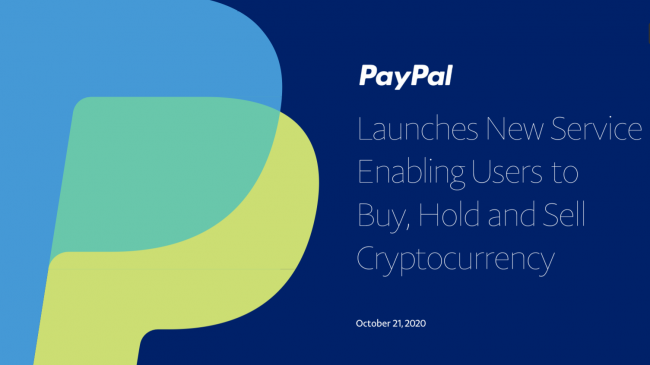The DirectX 9 API was released at the end of 2002 and it is still common to see Windows games that use it, despite the fact that version 10 arrived in 2006 and 11 in 2009. Well, Oculus has decided that the time has come to turn the page.
The announcement has occurred on the Oculus forums, where the community manager has said that, due to API limitations, support for DirectX 9 will disappear in future versions of the LibOVR library, with which Oculus will focus its efforts on DirectX 11 and OpenGL, and that will benefit the virtual reality experience in Windows environments. Applications for Oculus Rift based on DirectX 9 will continue to work, but they will not be able to be compiled with future versions of the SDK and may suffer from increased latency after Oculus removes official support.
This can give problems in some of the commercial games already available, such as Half-Life 2 or Live for Speed, which would have no choice but to update their API to continue working with future versions of the Rift. In the case of Valve it does not seem too problematic, since its engine can also work with OpenGL, in fact the Linux and Mac versions of the Half-Life saga already do so. As for the DX9 games that work using wrappers like Vireio, fortunately they will not be affected, since Vireio for example does not use the SDK for the graphics part but is rendered in the client itself.









